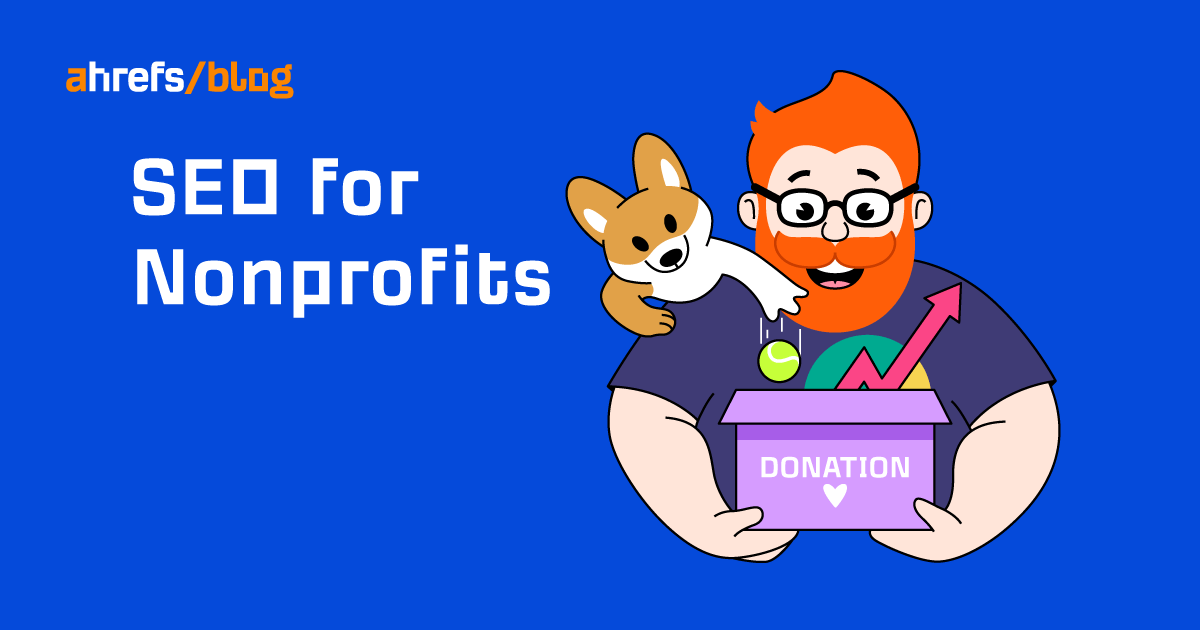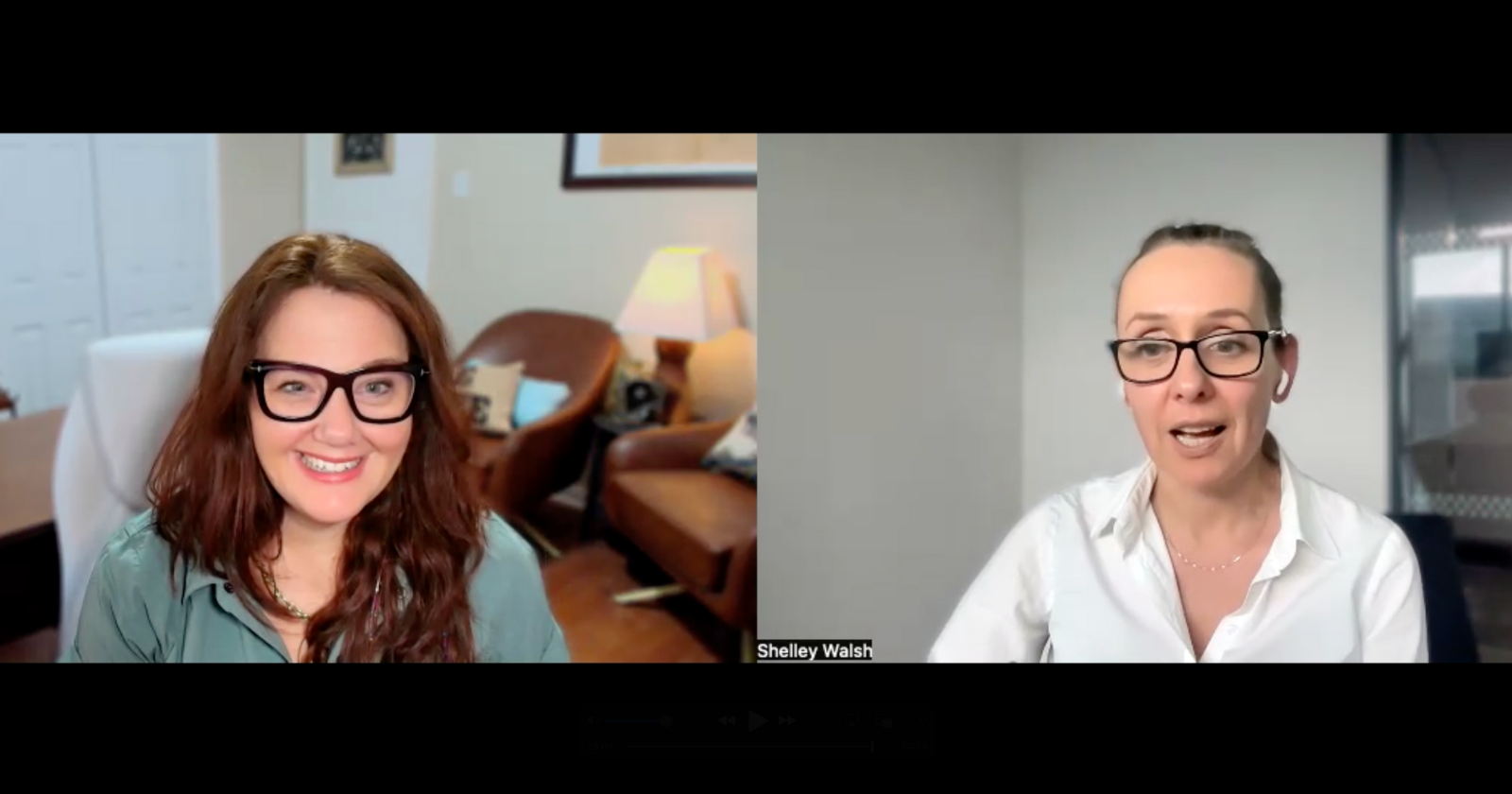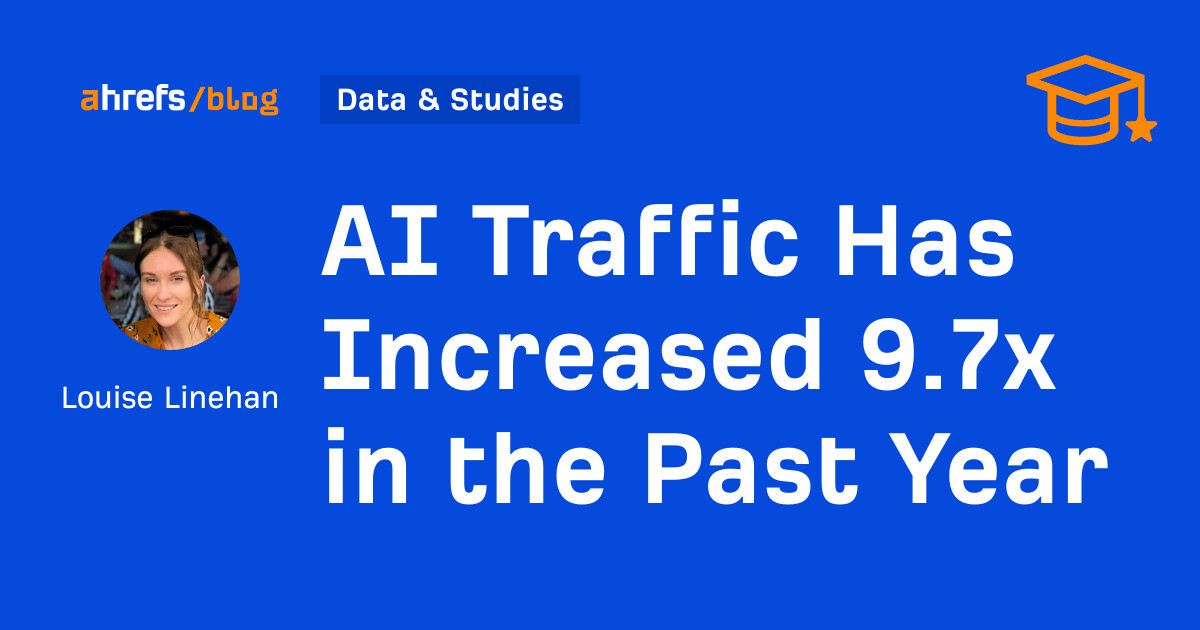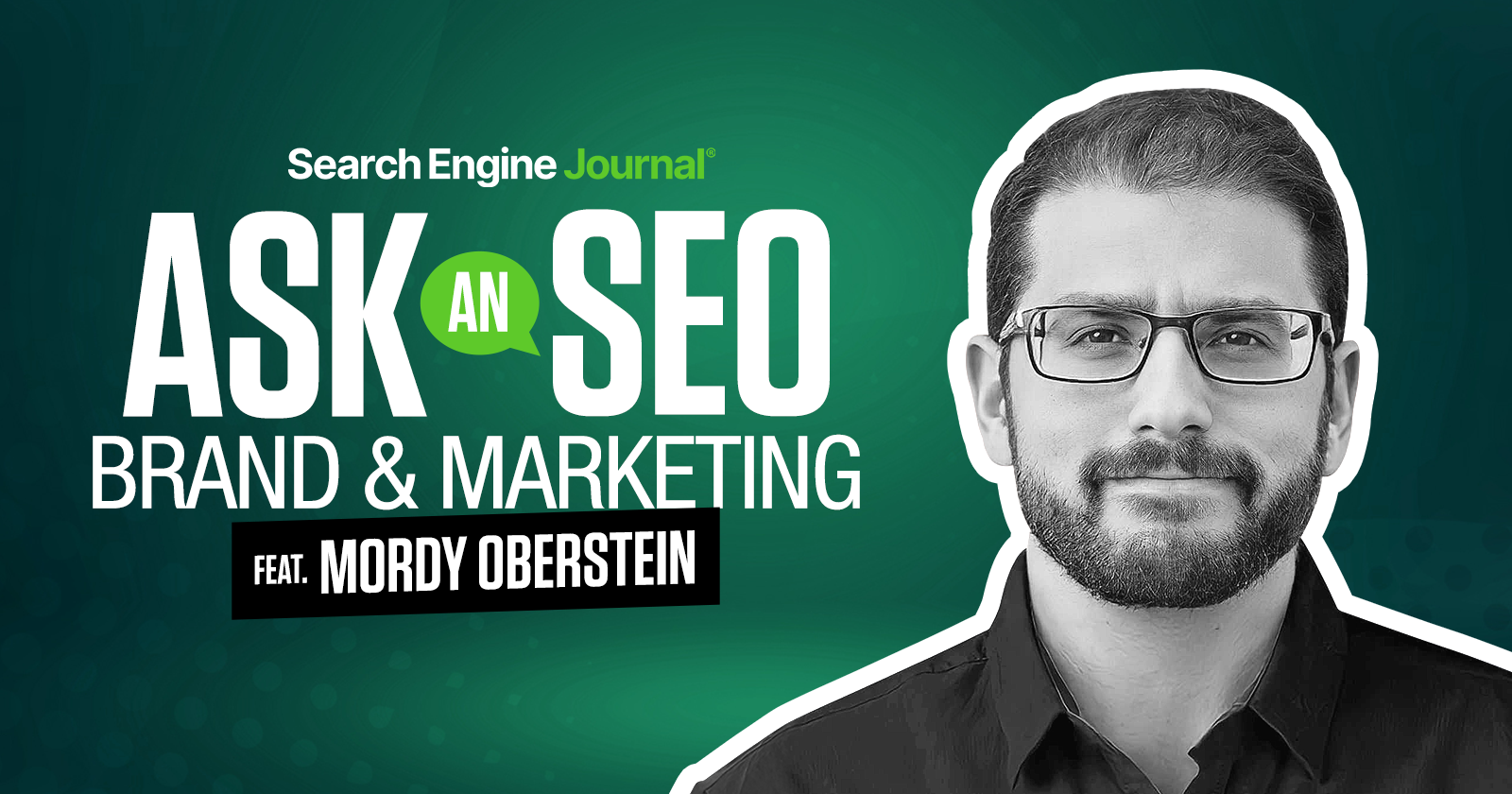Time To Replace the Content Marketing Funnel (3 Alternatives)
If you need a framework to build your content strategy on, it should probably be a no-funnel framework instead. And there are very good reasons for it. A funnel in marketing is a multi-stage process that guides potential customers...

You won’t read anything good about the content marketing funnel in this article. Only bad things. Like, it’s too linear and simplistic to address the complexities of customer journeys. If you need a framework to build your content strategy on, it should probably be a no-funnel framework instead. And there are very good reasons for it. A funnel in marketing is a multi-stage process that guides potential customers from first learning about a product to making a purchase. Depending on the version, it has 3 - 6 stages, and it looks something like this: Traditionally, all content types have their designated place in each stage: Makes sense, right? Not entirely. It oversimplifies literally everything important for a content marketer. And because of that, the model gets some things completely wrong and ignores others. This isn’t just theoretical. I’ve applied the funnel approach at various companies. Initially, it was reassuring, providing a sense of structure and control. However, the deeper I got, the more confusing it became. It started to seem like the sense of order was purely imaginary, as there was no reliable method to verify if people were truly following the funnel. The funnel model assumes a perfectly linear path from awareness to purchase and tries to rush people through it. Or, actually, it makes you think you should rush people through it with your content. However, consumer behavior is more complex and non-linear. People often jump between stages, revisit them, or take unique paths to purchase. So, the journey is not a funnel; it’s more like a maze. B2C customer journeys are even more peculiar. Remember that time when you saw an ad and bought that product immediately? Or conversely, how the journey from see to buy lasted for years. I know I can: But content marketers shouldn’t try to solve that maze, or cut a straight line through it just for their convenience. They should rather adapt to it. Not all content types can be, nor should be, fit into rigid stages of the funnel, as the model wants it. Here’s an example based on one of our articles. Which stage(s) of the marketing funnel does our blog post about “How to find low competition keywords” serve? As you can see, the model can’t handle one of the basic forms of content marketing - a blog post. But take any type of educational content, and you’ll find the same problem. Many content types can serve multiple stages of the funnel or work across them. They can both attract and reengage a visitor or even bring them all the way from discovery to purchase. Because of that, the content marketing funnel simply isn’t helpful for creating content that’s enjoyable for the user and effective for the business. Customer retention is how good you are at keeping your customers. It’s important because you don’t want customers to buy just once from you; you want to keep coming back so that you don’t need to attract a total stranger each time to make a sale — that’s both hard and expensive. Here’s another way to look at it. According to the study by Bain and Company, increasing customer retention rates by 5% increases profits by 25% to 95%. And it makes total sense if you think about it — if someone asked you to generate an extra $1000 in sales in 24 hours, would you go to existing customers or try to find new ones? But if you’re practicing the old ways of the funnel, catering to your existing customers is very limited because the funnel ends at the purchase stage. There’s nothing a content marketer can do nor should do after a prospect becomes a customer. It’s having a party where you’re so focused on inviting new guests that you forget to entertain the ones already inside. If you only chase new customers and forget about the ones you already have, you miss the chance to make more sales to them or get them to recommend your business to others. Happy customers can really boost your business by buying more and telling their friends about you. How can content help with that? One good way is to create product-led content. This type of content is designed to show how your product can solve the customer’s problem. The mechanism is simple: showing product features in action turns a regular user into a power user. They start to use more features and get better value from them, which builds loyalty and gives you a good ground for upselling. And if that content is really good, people will share it with others, amplifying your brand’s reach. Making a habit of regularly visiting the @ahrefs blog again. Learned the basics from them back in 2015 and still consider them a go-to primer when approaching a new problem (e.g. manual content audit - which I haven’t done in years). Still super-fanning these guys 🙃 The best thing: good content will be recommended not only by your customers. People don’t really need to be your customers or know a lot about your brand to give your content a shout-out on social media. The best solution to the shortcomings of the funnel is to have no funnel at all. Here’s why: Here are three different no-funnel models that share those advantages. This approach is about using your content to directly boost demand for your product, whether before or after a sale. Instead of sorting content by stages of a sales funnel, you rate it based on how closely it relates to your product. So for example, for a content marketing tool, topics with high business potential would include content marketing metrics, “B2B content marketing”, “content ideation”, “content optimization”, and “content distribution” (and not an interview with content marketers or “history of content marketing”, etc.). This scoring system makes planning your content strategy really easy. You can quickly decide how much of each type of content to make. Also, you can use it with other important metrics (we use it with organic traffic potential) to further prioritize content. Ahrefs has been using this model for years, especially for SEO content, which is most of what we publish. It’s great for understanding which search terms are most valuable. Take these two keywords below as an example. The first one has a lot more traffic potential but is too broad to easily include our product — it would get a “1.” Conversely, the keyword with less traffic but more focused on SEO would get a “3” because it’s more relevant to our customers and our product. The Business Potential Framework might be a good fit for you if you’re working in an established industry, where there’s already considerable demand for content directly linked to products like yours. This will make it easier to find topics with a score of 2 and 3. You can gauge that demand by looking at search volume in our free keywords generator. The Content Playground, devised by Ashley Faus, reimagines the buyer’s journey as an open, interactive space, akin to a playground, moving away from the traditional funnel’s linear path. It aims to cater to varied audience interests and learning styles by offering a mix of deep dives, strategic frameworks, and practical tips. To achieve this, it covers topics in three levels: Staying with the content marketing tool example, topics you would create content about could look like this: “what is content marketing” (conceptual), “developing a content marketing strategy” (strategic), “how to promote content” (tactical). To illustrate, this content hub on Agile from Atlassian is designed to be a content playground. There is a mix of all three types of content, and the user can start at any point, go as deep as they like, and jump to another topic at any time. Naturally, the content needs to be interlinked and ungated so consumers may access it however they want and navigate through it freely. The bonus of that is getting organic traffic from related keywords. According to Ahrefs, this one hub attracts over 591k organic visits every month, and it looks like it’s about to get more. But a playground doesn’t need to be confined to one site. As long as you tackle a topic with these three types and allow people to access them freely, you can have it scattered across a limitless number of sites and platforms: microsites, blog posts, social media, email, ebooks, etc. I had a brief chat with Ashley, the mind behind this framework, to understand where this framework fits best. I learned that the framework was developed and tested with B2B marketers in mind, and that’s where it’s most relevant. B2C marketers simply don’t have as big of a problem with customers “coming and going” and re-engaging them on different channels. There is a way to cover all customer intents, topics, journey stages, and key marketing channels naturally by simply focusing on what matters to your audience and where they are willing to consume content. I call it the Cluster-Channel Network (CCN). Two core elements of the framework are: CCN ensures a multi-channel presence with content that both attracts your audience and makes your brand an authority in a carefully picked selection of topics. What’s more, this is an efficient framework because it allows you to “squeeze out” the most of any topic. That’s an important benefit because there are only so many topics a brand can comfortably cover, without creating turning into a content farm spinning irrelevant content just for the sake of traffic. The framework consists of five steps. If we were to visualize this framework consisting of four clusters, it would look something like this: So if we used content marketing as a cluster, one of the subtopics could be AI content. For that subtopic, you could create a blog post about ethics in content marketing in the AI era and distribute it as a thread on X, offer that topic to podcast hosts, etc. This framework will work best if you have the resources to be present on multiple channels and you’re committed to long-term goals (building trust and authority takes time). Tip You can find clusters and subtopics very fast using Ahrefs’ Keywords Explorer. Just plug a broad term related to your product (your cluster), and let AI do the brainstorming. From a bit over 10 keywords the AI found for me for the word “SEO”, Keywords Explorer found over 32k keywords which then organized into 3466 ready-to-target topics in a matter of seconds. All with traffic potential and keyword difficulty metrics to help with prioritization. On a final note, the topics you choose to cover are as important as these frameworks. Check out our guide to content ideation to never run out of ideas.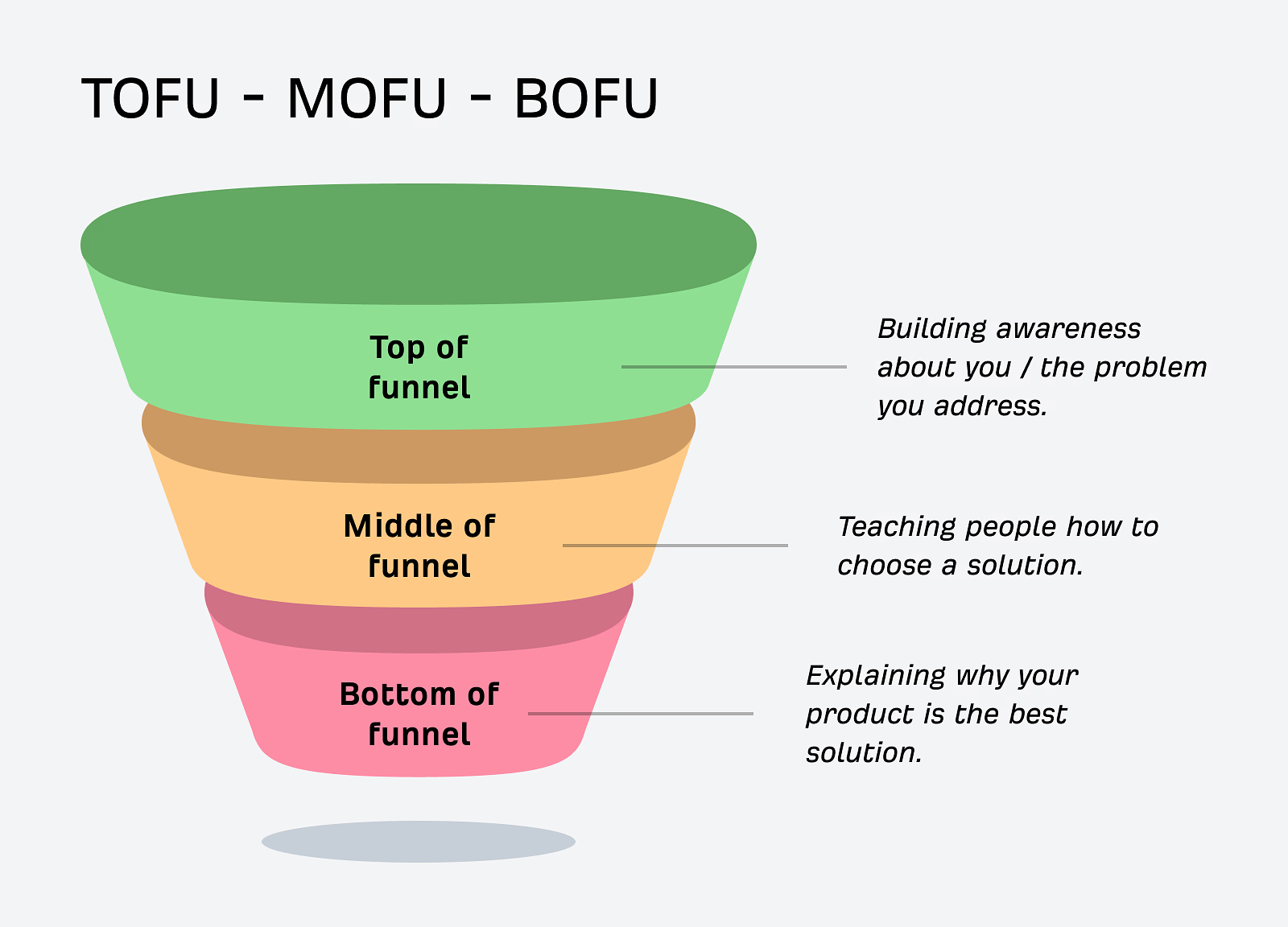
1. Misunderstands consumer behavior
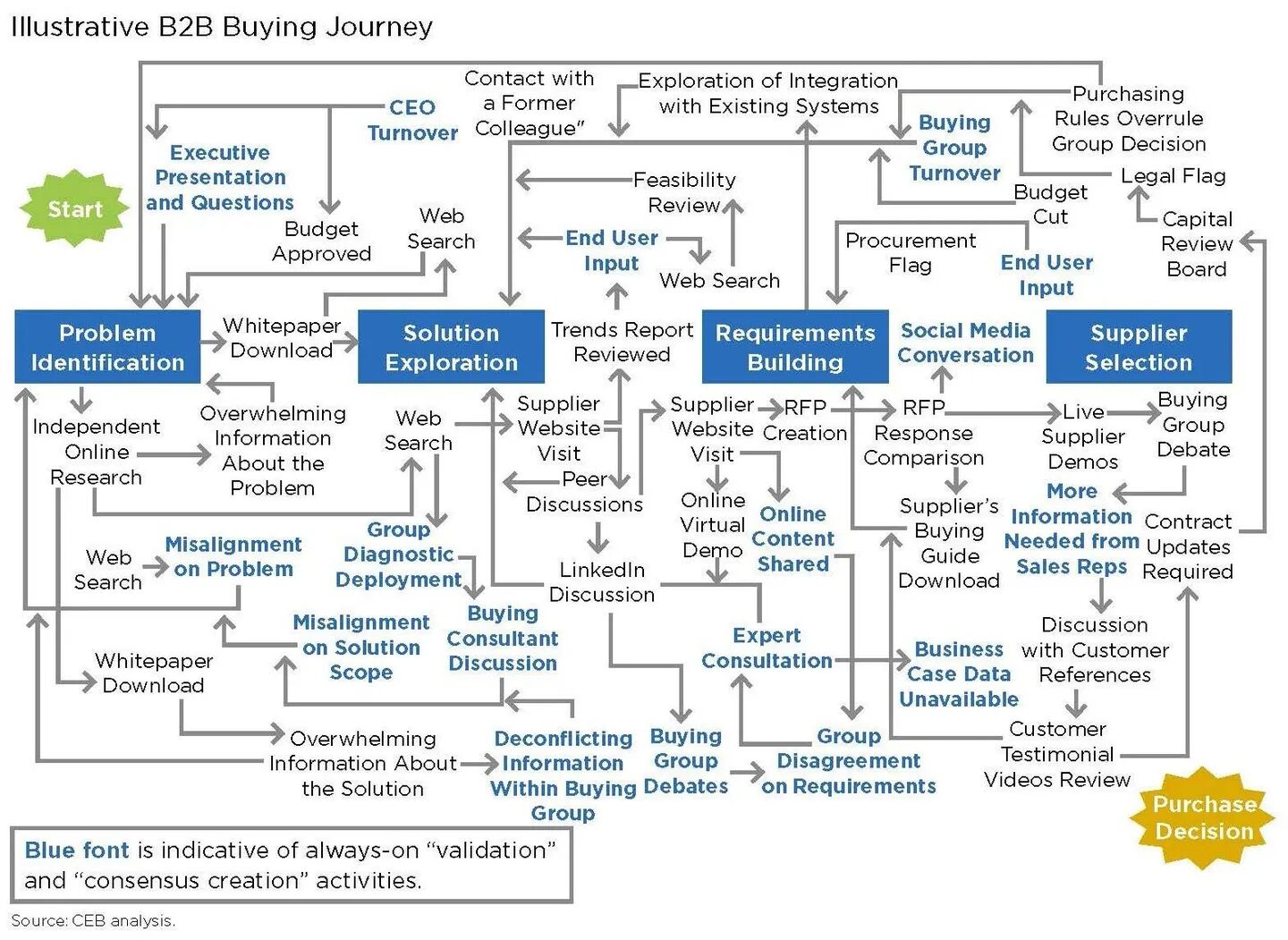 Source
Source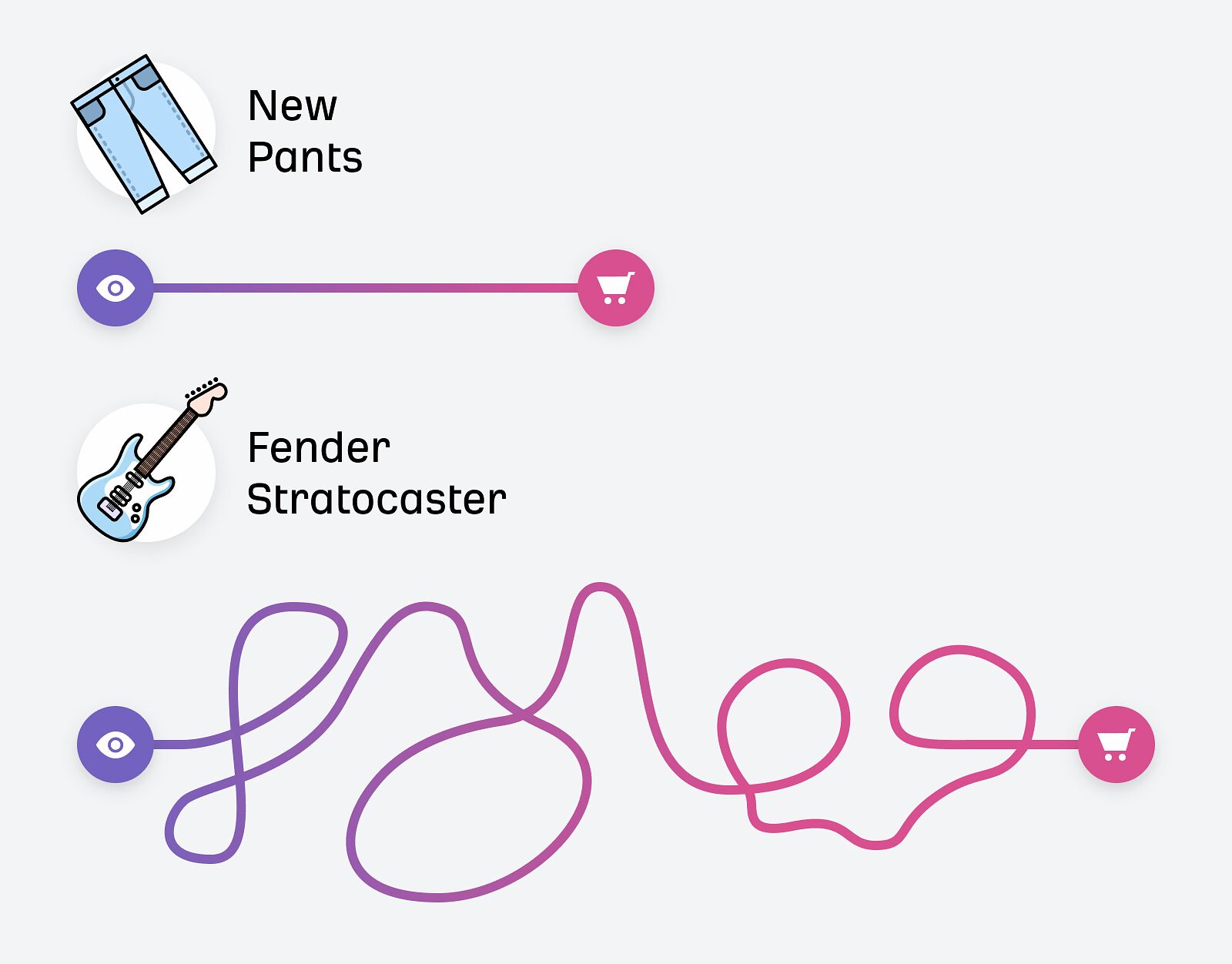
2. Tries to fit round pegs in square holes

3. Neglects customer retention
4. Ignores customer expansion
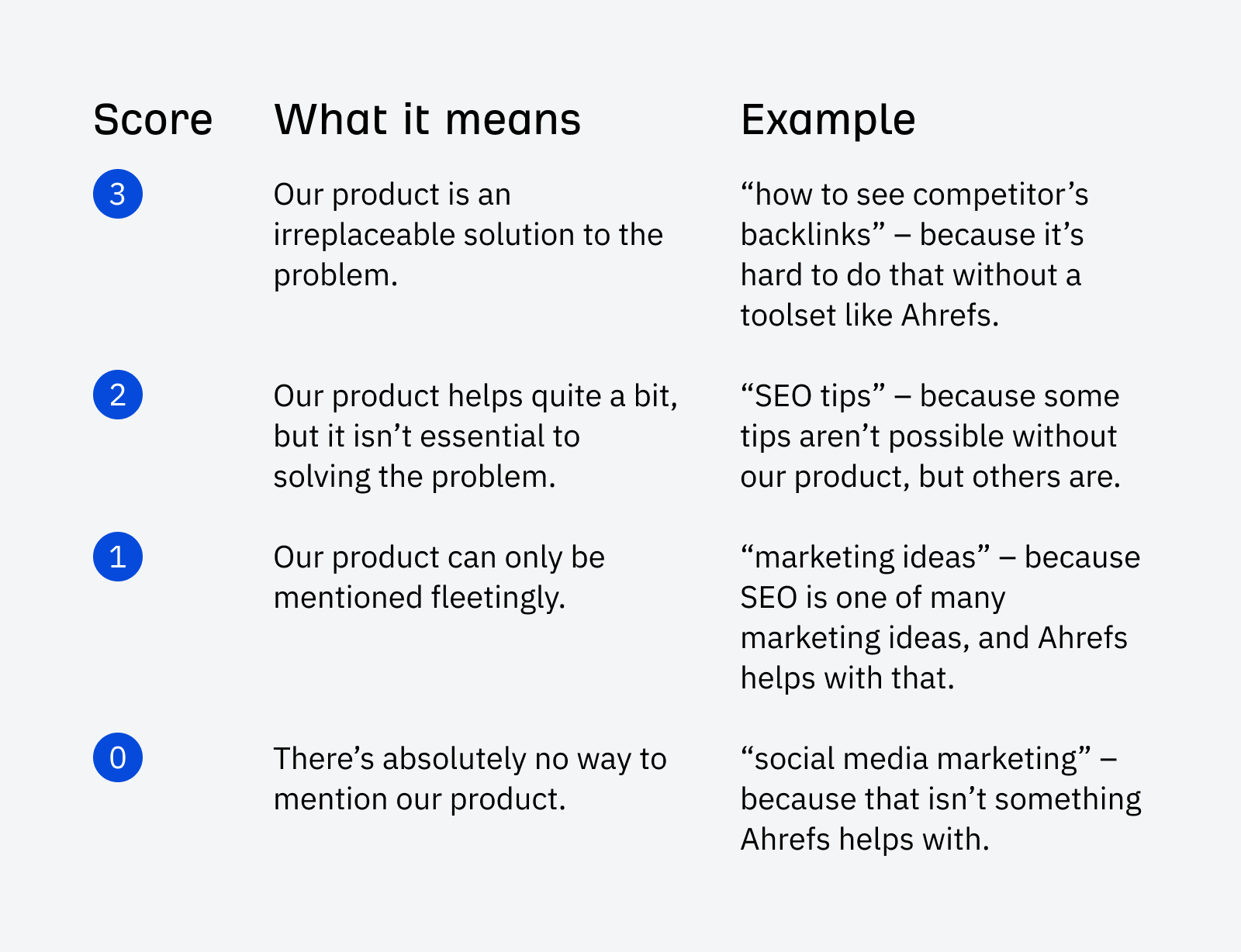

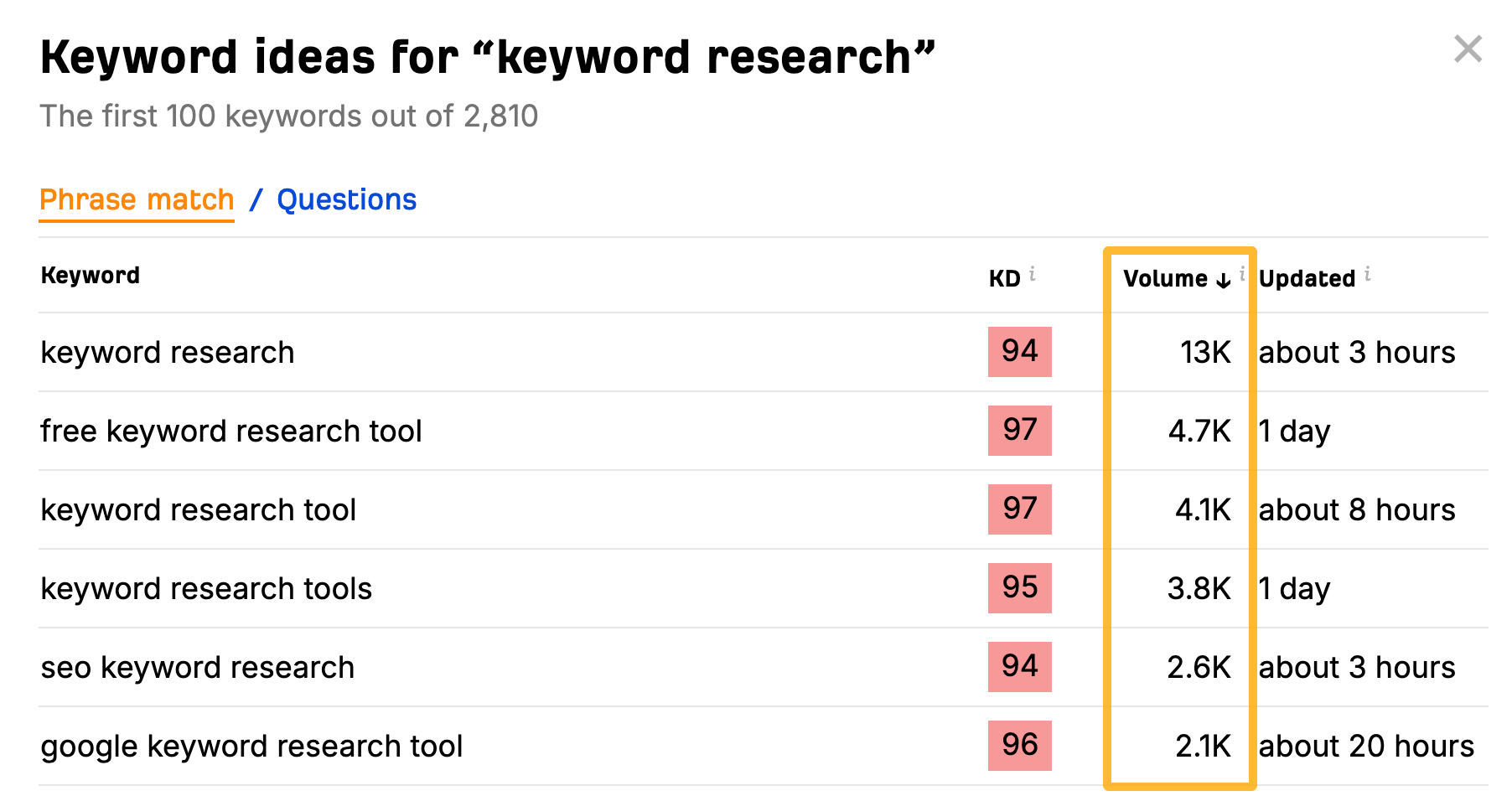



 Content playground could be visualized as a fully connected network with 3 node sizes.
Content playground could be visualized as a fully connected network with 3 node sizes.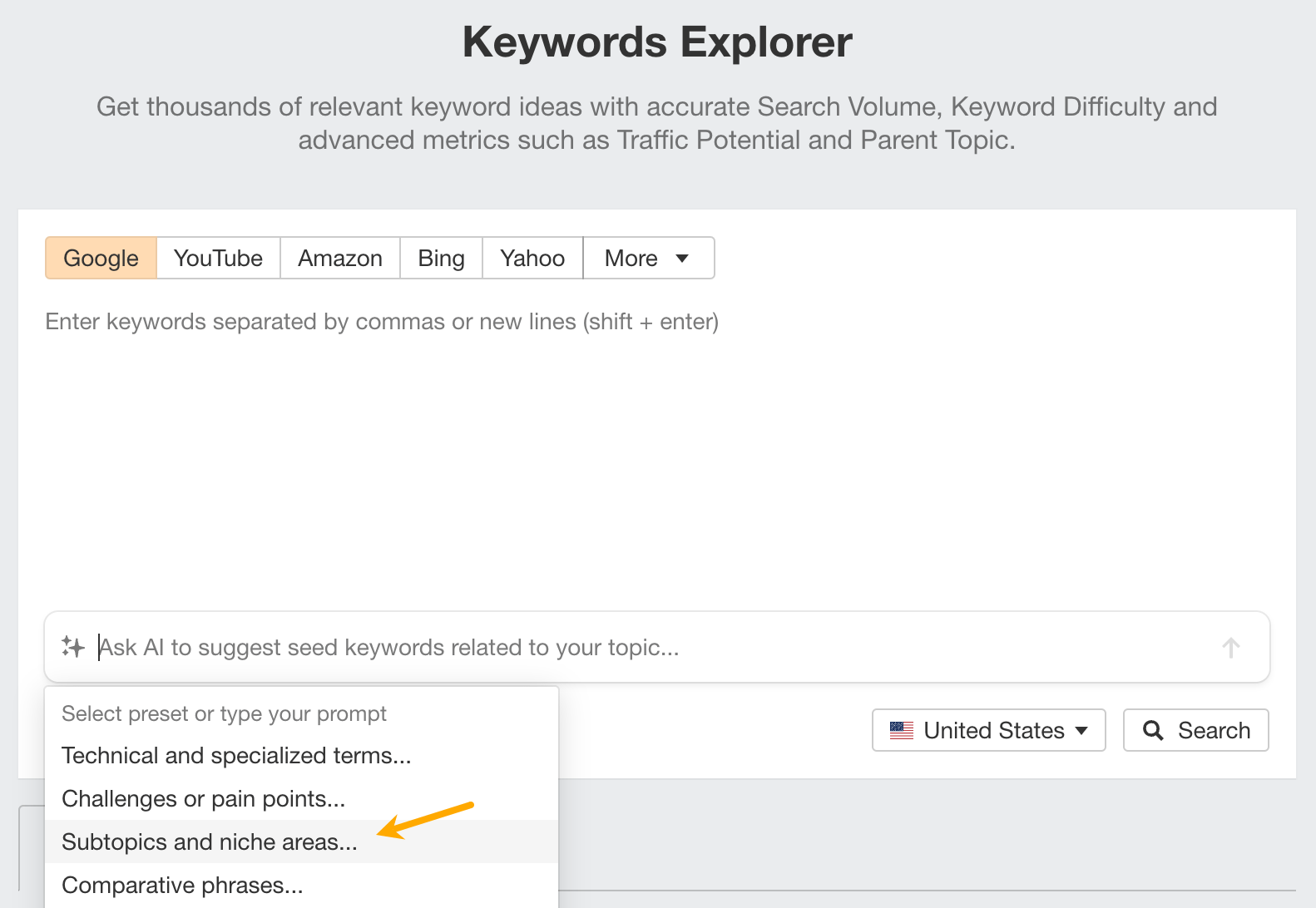
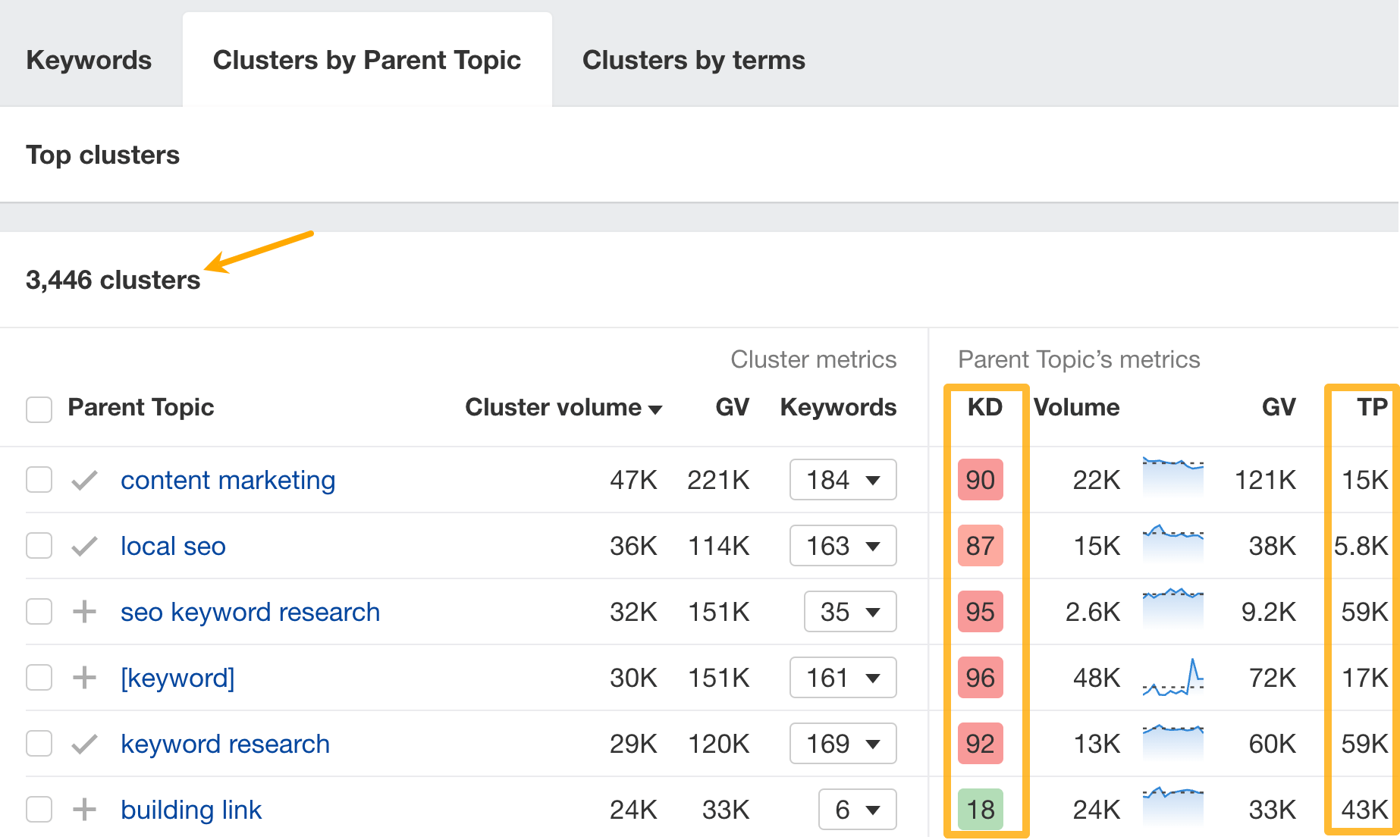
Final thoughts

 Tekef
Tekef 








